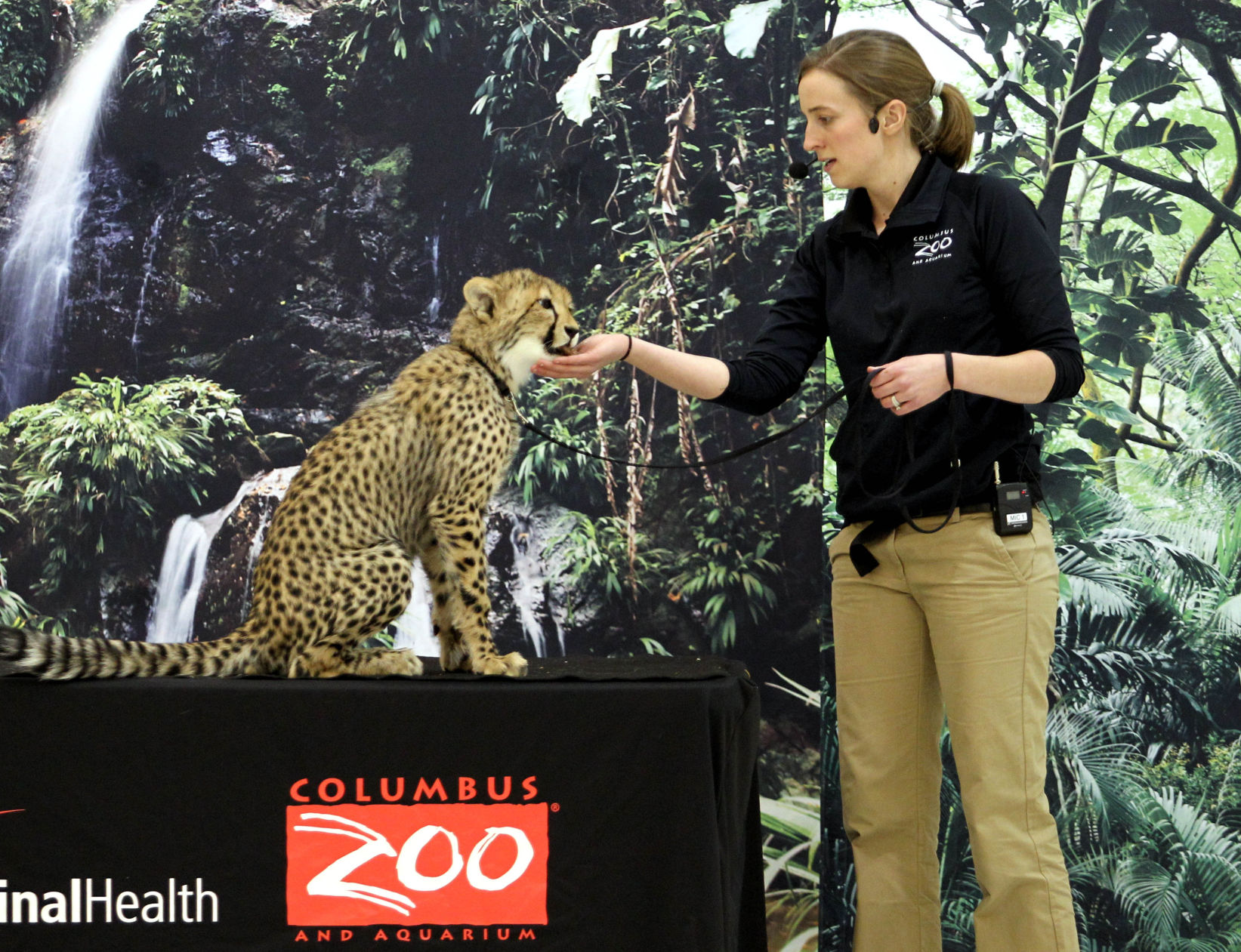
Minor differences in a virus surface protein’s structure can prevent this “key” from unlocking the host’s cellular machinery. The greatest barrier is a lock-and-key mechanism: the virus’ surface antigens must be able to effectively bind host cell surface receptors to enter the cells and replicate. For example, most pandemic-level viruses cause respiratory infections, and the risks of a global outbreak are greater if-like SARS-CoV-2-they can be transmitted asymptomatically, Holmes said.īut even these stealth viruses must overcome additional hurdles that can prevent spillover into new species. “We’re part of an ecosystem.”ĭespite this frequent exchange of viruses, certain factors are necessary for a pathogen to reach pandemic potential. “Throughout history, humans have given our diseases to other animals,” he said, referring to the concept of reverse zoonosis. Yet an infectious disease paradigm that places humans at the pinnacle of a chain of transmission is incorrect, according to Holmes. That makes SARS-CoV-2 1 of nearly 900 zoonotic pathogens known to have made the leap from nonhuman animals to human populations over millennia. “It’s an absolute certainty.”Įvidence suggests that the novel coronavirus likely originated in horseshoe bats before being transmitted to a still-unknown intermediate host-pangolins and racoon dogs have been suspected, among others-that in turn passed it along to people, possibly in 2 or more separate events. “We are interacting more and more with wildlife in a planet undergoing climate change, and that will increase the opportunities for viruses jumping between humans and animals,” Holmes said. Looking beyond COVID-19, broader animal surveillance is needed to detect future zoonotic diseases before one of them causes the next pandemic, a possibility scientists say is heightened by a changing climate. The recommendations, aimed at protecting all species from illness and reducing the risk of new variants, emphasize monitoring mammalian wildlife for infection. This past March, the World Health Organization, the OIE, and the United Nations’ Food and Agriculture Organization (FAO) called on all countries to take steps to reduce SARS-CoV-2 transmission between humans and animals. Without surveillance, new variants could go unnoticed. “What we might fear is a situation where, when things seem like they’re under control, we have a new variant that spreads fast, looks really different, and we don’t know where it came from,” Barbara Han, PhD, a disease ecologist at the Cary Institute of Ecosystem Studies in New York, said in an interview.

Interspecies transmission can produce new animal reservoirs where the virus can multiply or persist for prolonged periods, creating the potential for the pathogen to transmit back to human populations.Īs the virus jumps across species barriers, it also adapts to a range of different hosts, stockpiling mutations that can change its behavior, transmissibility, or ability to evade vaccines and immune defenses in as-yet-unknown ways. Understanding how the virus jumps between species-known to ecologists as a “spillover” event-is complicated but potentially critical in ending the COVID-19 pandemic, Holmes and others told JAMA.

“With SARS-CoV-2, the remarkable thing is how many species have been infected with the human form of the virus,” evolutionary biologist Edward Holmes, PhD, a professor at the University of Sydney, said in an interview. And as with humans, even animals that remain asymptomatic may be capable of harboring and spreading the virus.Īs of this May, 36 countries in Africa, the Americas, Asia, and Europe had officially reported SARS-CoV-2 infections in 23 nonhuman animal species, including not only big cats like tigers and lions but also domestic cats and dogs, gorillas, white-tailed deer, hamsters, farmed mink, otters, anteaters, manatees, hippopotamuses, and others, according to the World Organization for Animal Health, founded as OIE.

Nadia survived, but others-including Jupiter, a tiger at Ohio’s Columbus Zoo who died this past June-have not. Some animals infected with SARS-CoV-2 experience respiratory distress and life-threatening symptoms. A Malayan tiger residing in New York’s Bronx Zoo, Nadia was among the first animals known to have contracted the virus from a human, likely a caretaker. In April 2020, when hundreds of thousands of people worldwide had already succumbed to COVID-19, one infected individual-4-year-old Nadia-made global headlines.


 0 kommentar(er)
0 kommentar(er)
